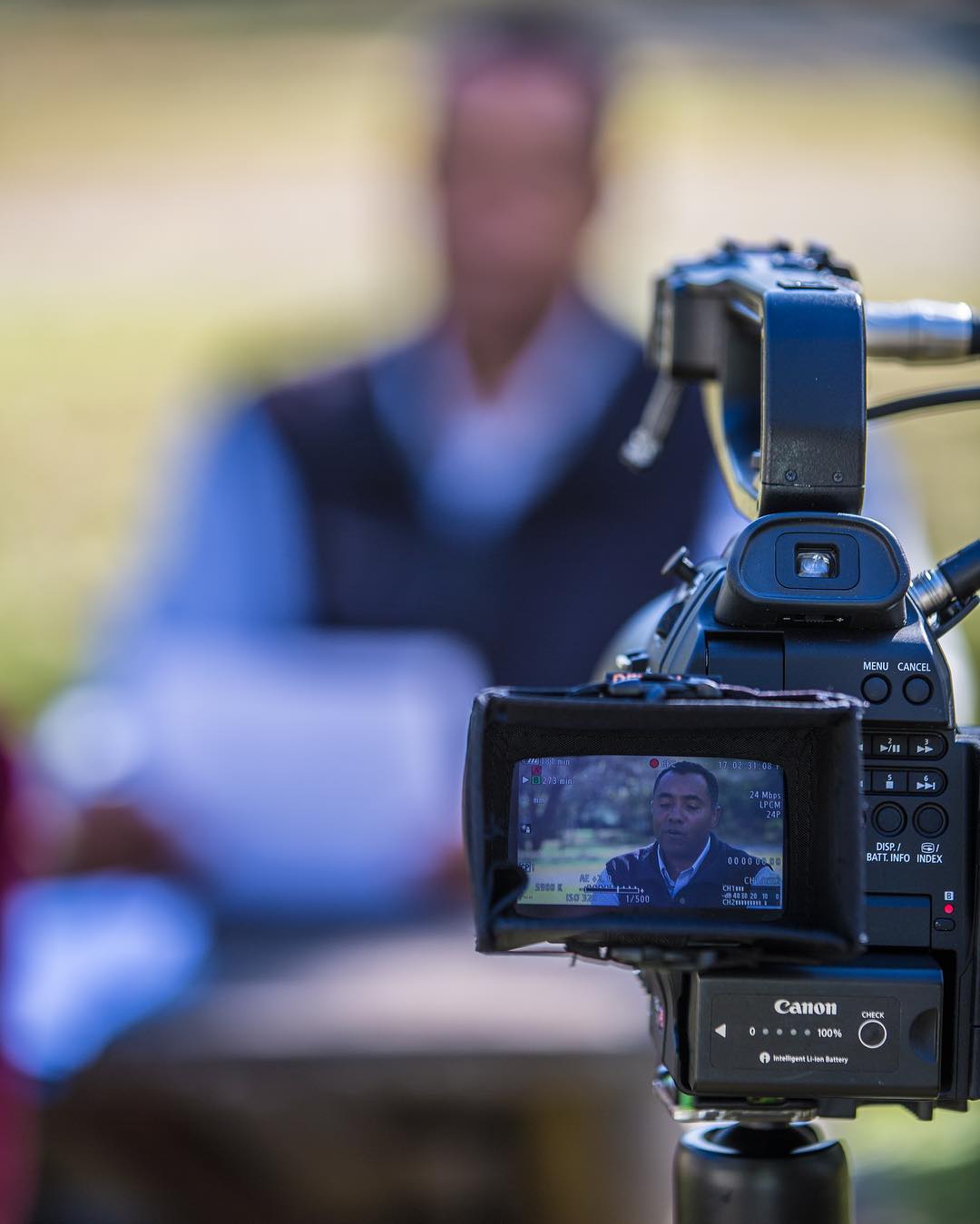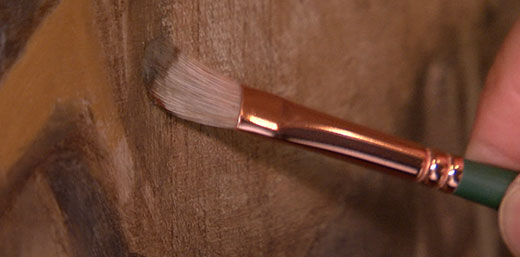It was just yesterday I was working on a project for a group in Portland, Maine. An upstate portrait artist has been commissioned for a project and it was important to capture his story during the process. The artist’s name is Jerry and he grew up in Spartanburg.
The client for this project is actually an old friend of mine, Mike Redding. He is not old, we just worked together close to ten years ago.
He sent me a note with some of the questions for the interview and I could immediately recognize his thought process. One of the questions was buried in the midst of all the questions…and I wondered. It was a personal question that seemed to need a little extra attention.
I know Mike…there is a reason for this question. It was just not a throw away…it was important. Later, he sent me a note warning me Jerry might get annoyed with answering these personal questions and he actually might get mad. That immediately told me this topic was not only important to the story, but also a series of questions that needed to be asked.
People want to talk. People want to share their story. We just have to ask the right questions. When people like Jerry agree to an interview, they subconsciously agree to share the deepest part of their lives. We just have to be willing to ask the right questions at the right time. Most importantly…we have to remember the interview process is about trust.
I have learned not to dive right into the most controversial question at the beginning, unless I am working on a documentary or investigative story that requires me to capture that question immediately. We have to slowly work our way into the important questions. We have to learn to build trust.
I am asked so many times, “What do you do?” I tell people I am a storyteller. I find, capture, tell, and share stories for people to enjoy. But what I really do is ask the right questions.
As I sit here and work on a story for the SCMission2012 project, I am reminded the importance of listening. Many people have many different strategies when conducting on camera interviews for stories. I can remember working with a seasoned journalist who would spend hours outlining his interview questions, making sure he delivered the right question at the right time.
For years, I have never taken a list of interview questions with me to an interview. I rely more on the art of listening when trying to capture comments for a story. I spend lots of time researching the person, the cause, the initiative, and the purpose behind the story. I spend time thinking through the relationship between the person and the story. But when it is time to roll the camera, I let the conversation direct the questions.
The camera is intimidating for many people and sometimes it means that everything we ask will end up in the final version of the story. I guess the digital age has taught us that anything we say can end up on YouTube. So the approach of asking questions based on the conversation can be concerning for most interview subjects.
A few weeks ago, I was working on a story where the interview subject was not expecting a series of questions. Specifically, I started with a series of warm-up questions to allow us to get acquainted with the camera. Conducting an on-camera interview is all about relationship building and trust. This person thought that the initial series of questions were going to end up in the final story, thus revealing something that the person felt was a little to personal for the story.
A few days after the interview, this person called me concerned. I re-assured this person, that these questions were not going to end-up in the final story and I was going to delete these comments from all the digital copies.
We have to listen and we have to be transparent when conducting interviews for video use. We have to explain our process and provide our intentions in a transparent manner. We have to listen and we have to be prepared. The camera is there to capture moments very personal for people and our burden as storytellers is craft the story with utmost compassion.
No I do not mean a job interview, but this can be loosely applied. I am thinking about what it means to conduct an on-camera interview for a story using video. Once, again…a story. One of the most profound ways to tell a video story is through the eyes, ears, experience, and perceptions of others. Writing a story for the news, for video, or however you want to display the information can be done in so many ways. But one way is through interviews. We can write the best copy, but interviews provide that red-string that binds a compelling story together.
This post is dedicated just to the interview…not to the implementation of the interview into a story. One fundamental ideal I always carry with me comes from a long time journalist and NBC Corespondent Bob Dotson. I remember the first time I ever listened him to speak to a group of journalists (photojournalists) at the NPPA week long boot-camp in Norman, Oklahoma. The best way to conduct an interview is through a series of questions and statements; but what ever you do, ask the question and stare…make the interviewee fill the void. When you get back to listen to the tape, you do not want to listen to answers with your “Uhh Haa”, “Really”, or “Wow”. You want to have the interviewee’s audio as the only audio in the interview.
Conducting an interview is like telling a story…the interview needs to have a beginning, middle, and end. You want to create a conversation between you and the interview subject. Also…you want your interview subject to forget that the microphone and the camera are surrounding them!
When I conduct an interview for a story…I first think of how to make the technology go unnoticed. The first thing that needs to happen is that the wireless microphone needs to be put on the subject FIRST. It needs to be put on in a way so that it is hidden from the view of the camera and thus the final audience. I like to have the transmitter placed behind the subject, maybe of the pants waste-band, then the microphone and wiring under the shirt, blouse, or sweatshirt. The end of the microphone near the neckline of the shirt to pick up the audio of the subject. Then, the camera needs to positioned in a place that the subject is not focusing on the camera. It can be placed in the adjacent room where the lens can zoom to shoot through the doorway.
Once the camera is rolling, I like to start off with what I consider throw-away questions and answers. I ask a series of questions that have nothing to do with the subject matter at hand but merely to learn more about the person to gain trust. This is to build the conversation so that when the real questions are asked, the answers come naturally.
As I move into the questions that are the purpose for the interview, I am building up to the main questions, the main purpose of this interview. I always have notes of topics that I want to cover on a notepad, but in topic form so that I do not use the piece of paper to recite the question. I use the interview as an opportunity to explore the subject’s expertise, gaining knowledge not only for me as the storyteller but for the audience.
As I move through the questions…I always have a few questions that are the most important, the ones that require the best response. I place these appropriately in the line of questioning that makes sense and come out naturally. I build the interview to these questions where each question leads to the next response that ultimately leads to the questions that matter to the interview.
The Interview is merely the process of telling a story. Allowing the interview subjects to provide supplementary information that supports that main object of the story. The interview provides context and allows their “expertise” to bring credibility to the story and context to the audiences minds.
Conducting an interview is just a conversation, an exploration…learning more about their experiences and expertise. The video camera is merely a device to help us relay this story to the intended audience.


